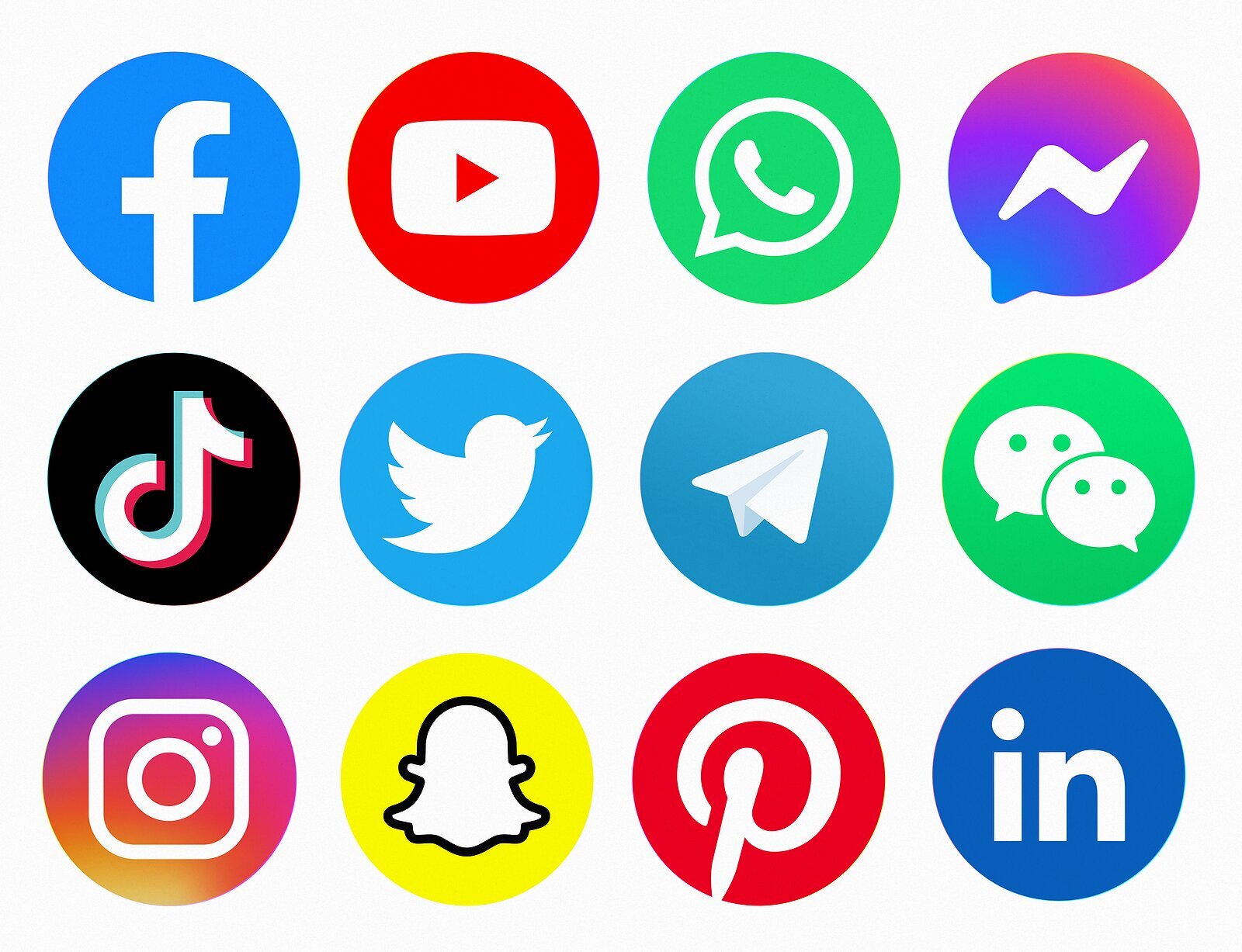Companies are founded with innovation.
Smaller start-ups pop up because they have an idea that no one in the market has done before, or a way to improve the industry they enter. It is no secret that many new businesses do not last because they stick with that initial revolutionary idea, living in the present success they have found with no new ideas to bring to the table in this ever-changing world.

Essentially, they create a “cash cow,” and milk it until the milk runs dry!
The business world is always changing as a direct result of customers’ evolving needs. The only way for organizations to be successful is to be Anticipatory.
Instead of focusing solely on the “now,” they must focus on the “next,” taking the leap on their next big innovations for their organizations while moving forward with the industry.
What is the difference between the “now” and the “next”? Instead of focusing on what is coming their way with an Anticipatory mindset, they focus on beating, or simply keeping up with, the competition in the moment. They then become so preoccupied with how to outperform whom their immediate threats are that they become complacent in their position until someone else brings a big idea to the table. In turn, they then follow in their competition’s footsteps so they won’t be left behind.
But at this point, you are already behind. You let them take the lead, almost as if you are racing cars against someone and let them pass you for fear of how the next turn may affect your current position.
Trying to keep up with the competition with this reactionary approach to business is not, and has truthfully never been, successful. By merely copying what others do, you will always be second-best — the runner-up.
Instead of playing copycat, business leaders should keep the competition in mind, but forget about their current focus on the competition to clear the way for discovery and innovative solutions by being Anticipatory toward what is to come to leverage the “next.”
Skip over the easy solution
I want you to think for a second: What would you do if your competition brought forth a new, big idea?
Is your initial reaction a tinge of panic? That’s OK — everyone’s reaction is! Your mind is flooded with questions like “What if this new product takes away customers?”; “What if I lose sales?”; or “What if it puts me out of business completely?”
The second reaction is far more dangerous. More often than not, it is to hastily put out your own version of the same product to play catch-up. This traps you in the “now” quite deeply, putting you at a pace that will only graze the lead.
Instead of giving in to this fear and allowing the second reaction to become your reality, just skip it. That’s right, you heard me correctly — skip these responses by leveraging my Skip It Principle!
Skip the impulse to follow in your competitor’s footsteps, no matter how it may feel. Trust your leadership skills and your team instead and use what Hard Trend future certainties are in front of you to be an Anticipatory Organization rather than a reactionary one.
By skipping the easy way out of doing what has already been done, you will find that it is much easier to focus on what has not been done yet, which is where all organizations want to be.
As my Skip It Principle indicates, you will quickly find that the problem at hand is not really the problem after all. Yes, this includes following the competition too closely. You must find the real underlying issue here. In the way of having a profound competitor in your industry, the real problem is not their idea, it is the fact that they got to it first. Skipping the fallacy of fear will trigger an Anticipatory mindset on what tomorrow will bring, and the opportunities you can leverage.
Shifting gears
Owned by Meta, Facebook is still one of the most popular social media sites in the world. Its current user base exceeds 2.96 billion, and its worth is somewhere around $725 billion. This following example is not about them, though — it is about a past direct competitor of theirs.
While Facebook continued to hold the title of social media giant, Instagram floated in its shadow, but not for long. Instead of focusing on following Facebook’s success, Instagram decided to focus on what was next.

They quickly recognized two Hard Trends. One, Gen Z was getting older and would be using social media more in the years to come, and two, Gen Z was more focused on personalized social media that included videos and images. As such, Instagram became very successful in catering to the younger generation. It skipped dwelling on the problem at hand, trying to beat Facebook to the current mountaintop, and instead looked ahead to the mountaintop on the horizon, and created a unique platform.
Following Instagram, Snapchat essentially fostered the same mentality. Instead of trying to keep up with its competition, such as posting images, like Instagram, or direct messaging, like Facebook, they looked to the future on what the next step in social media could be.
As such, they combined properties from both Facebook and Instagram to create a revolutionary instant messaging software that focused on images and videos.
Foster a culture of positive Futureview
The easy solution is to try to keep up and follow the crowd, as what is happening now is popular.
But the reality everyone must face is that the specifics of the “now” have already been discovered. Try as I might, I cannot create an online retail store and market it in a way that leverages the “newness” of the internet because, let’s face it, the internet isn’t new, and this already exists: It is called Amazon.

The opportunity of the “next” — tomorrow — is the key to the treasure trove of value that Anticipatory decision-making has in store for you. The best part? It is fully leveraged by you and your organization.
But it starts with you as a leader having a positive Futureview to generate confidence in focusing on the “next.” How you encourage employees to see the future is how they will respond in terms of innovation and creativity. If you see the future as a struggle-ridden downturn filled with disruption that you do not believe you can overcome, then your business will always be playing catch-up, trying to wait in the trenches to mitigate these disruptions.
However, if you see the future as being chock-full of possibilities and exciting opportunities, you will seize the day by seizing the “next”! An aligned Futureview is needed to achieve this.
To learn more about how you can foster a positive Futureview, use my Skip It Principle, and create a culture of innovation for tomorrow in your organization, check out my Anticipatory Leadership Membership!
For more business and entrepreneurship tips, subscribe to our weekly newsletter and follow us on Twitter, Facebook, Instagram and LinkedIn.






